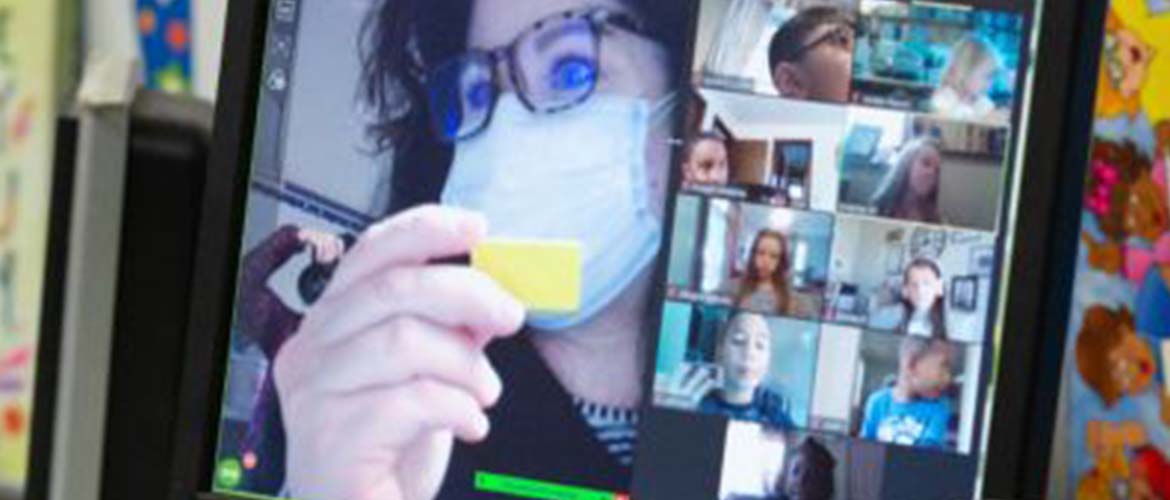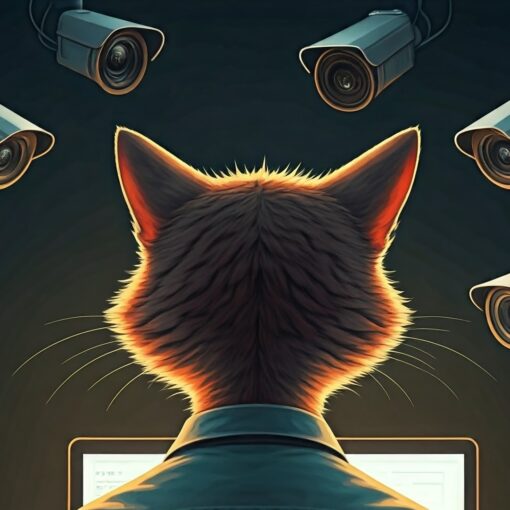How can we know what we don’t know?
Once we are aware of gaps in our understanding, we can choose how to remedy them.
Sometimes we don’t know what we don’t know. A mentor of mine referred to this as being “doubly ignorant.” They were talking about finances, about which I am still pretty naive (but getting better, now that I know!). It is certainly more true of the complex process of educating children, about which there is so much to know and learn.
When Covid-19 first closed classrooms, knowledge got a quick booster shot. Almost immediately, deficits in student wifi access, staff techspertise, and mental health supports were revealed and magnified by emergency conditions.
We also saw educators, students, and parents rise to the challenge, showing where our strengths lay.
Most schools have mastered the technical pieces of remote learning going into the new school year. Schedules are finalized, support systems in place, devices in nearly every home. Teachers have conquered digital tools to teach, track progress, collect work, take attendance, and communicate.
We learned that for some students, online learning has benefits. These students feel more comfortable learning from home without having to worry about discipline, their appearance, competing for attention, peer pressure, or harassment. Having their children nearby, some parents are able to become better partners in learning.
Progress requires us to recognize and act on both errors and successes.
We will always make mistakes. It’s how we learn. The key lesson from our pandemic responses is to develop better strategies for identifying what we don’t know and to minimize it. Here are four broad strategies gleaned from emergency remote learning this past spring that should be useful moving forward:
1. How can we know what students are feeling and how they are doing?
Communicate more frequently and deeply with and about students.
The biggest takeaway from spring 2020 is that relationships have never been more important. We may not have been in the same space, but gradually we learned to communicate better with students, families, and colleagues. We learned to use feedback from these sources to gauge student wellness, connecting dots that weren’t being connected. Whether live or virtual, assessing and improving student social, emotional, and psychological wellness will be part of every curriculum moving forward.
2. How do we know our curriculum is effective and efficient?
Continuously reassess your curriculum through collaborating with colleagues.
We often hear the term “living curriculum,” which wishfully suggests a constant evolution of content, resources, and strategies. In reality, curricula often sit on a (digital) shelf once teachers are comfortable teaching it. What we discovered during the pandemic were curricula that were neither flexible nor streamlined. We can ensure our curriculum works by dissecting it together in PLNs (professional learning networks). Together, we can identify skills, knowledge, and understandings (SKUs) we want students to gain from each course/subject and at each grade level. We’re more able to prioritize and willing to “cut out the fluff,” as a colleague from Matawan put it.
3. How do we know our content is relevant and engaging to students?
Make more connections.
Meeting standards is one thing; ensuring learning interests students and prepares them for their futures is not necessarily the same thing. And if we thought subject matter was disconnected before– both within programs of study and to the world at large– we are even more at risk of losing relevance and integration when walled in by Zoom. We connect our classrooms and extend them out to the real world by working with community resources and “across the aisle” with colleagues in other disciplines. (An extra set of eyes on our work is nearly always helpful.) Designing authentic activities and assessments allows students to demonstrate they can transfer SKUs beyond your program.
4. How can we know our students (and our efforts) are successful?
Look at data more and in new ways to gauge student success.
Let’s think of data as more than just test results but any information that can be gathered and acted upon. To date, our students have been measured mainly by grades for participation, performance, and work products. During the pandemic, many schools rethought and recalibrated how they assessed students. Teachers discussed and shared measures and data within departments to ensure consistency and identify trends and discrepancies, both for individual students and more broadly as a reflection of the curriculum.
To get a bigger picture of our students, we may also look at medical records, attendance, co-curricular involvement, promotion and graduation status, discipline, home communication, non-cognitive assessments, and observations of social interactions and even voice, dress, and posture (without stereotyping on that basis). Circling back to the first strategy, we must talk to students to find out if what we’re gleaning from data gels with how they see themselves.
⚙ ⚙ ⚙
The pandemic has been a grand and forced experiment in education. It has stuck some in an emergency mode that can suck away the energy needed to break out of it. We’re just starting a new school year but I know we can move beyond recovery, above edging back to a former status quo. We can know what we don’t know.
There’s no better time to reflect on and be proud of what we’ve done well, and to understand that failure is just one step towards growth.
And no one is in this alone! As a lifelong Beatles fan, there’s a lyric that plays frequently in my head: “I get by with a little help from my friends.” I know you can, too.
⚙ Dr. Marc
If you feel that someone in your professional network, neighborhood, the next classroom or cubicle would benefit from engaging in topics like the ones in these posts, I encourage you to forward them this email.
When duplicating this post in any form, please include the following attribution:
©2020 Marc Natanagara, Ed.D. All rights reserved. Reprinted with permission. This article and other resources available at authenticlearningllc.com
September 2020





